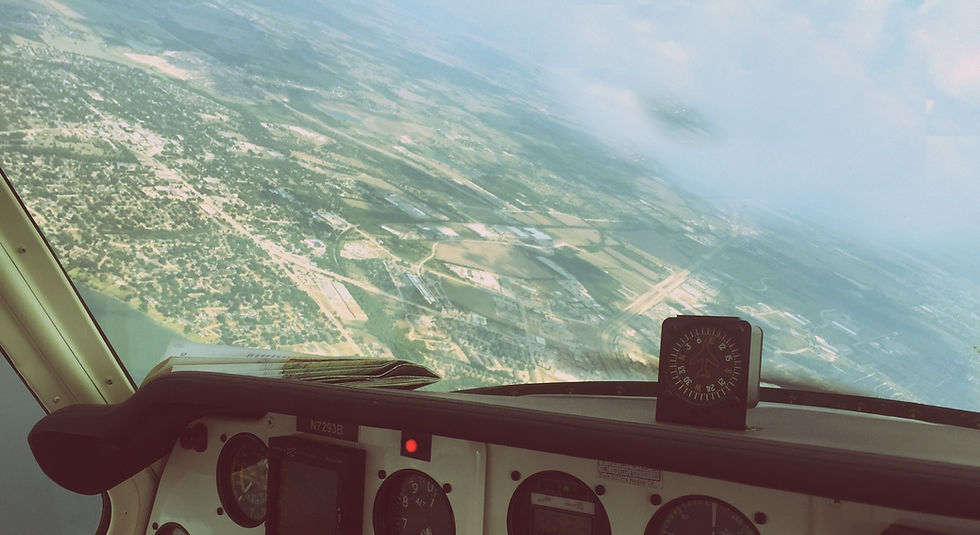The scariest thing about flying is the drive to the airport.
- Thandeka Themba
- May 25, 2018
- 3 min read
Updated: Nov 16, 2020

You’ve most likely been told before that you’re more likely to die in a car crash than you are to die in a plane crash, and this is true. Yet, the fear of flying is still one of the most common fears shared by many people.
According to research 1 in 4 individuals (25%) suffer from a fear of flying. This can range from a slight nervousness and sweaty palms to full-blown claustrophobia and ‘aviophobia’.
In the late 1990s an examination done at the Stanford School of Medicine demonstrated that more than 60% of fearful fliers used tranquillizers or alcohol to try to reduce their fear.
Although quite common, this fear is hardly based on rational and practical facts. The aviation industry has come a long way since that first flight by the Wright brothers in 1903.
Here’s a run-down of important realities to put your mind at ease & help cure your fear of flying
Maintenance:
These days commercial aircrafts go through extensive testing before they’re even sold to airlines. During this phase maintenance officers run a variety of tests including wing adaptability testing, ingestion testing, temperature & altitude testing, brake testing, velocity minimum unstick testing etc. Modern aircrafts can fly safely & securely with just one engine and land without any. Most aircraft wings are even built to withstand a hurricane. Aside from this maintenance, when aircrafts are purchased and go into service there are many strict regulations set by civil aviation authorities in each country that every airline needs to abide by in order for their aircrafts to be deemed fit to fly. Over and above that, before and after each flight the Captain and First Officer together with the Ground staff will perform various pre & post flight test checklists in order to ensure that nothing goes unchecked. The aviation industry is certainly a standout amongst the most regulated industries.

Pilots, traffic controllers, cabin crew members and all aviation professionals that have been chosen to guarantee your safety have all gone through years of training:
Because every aircraft type has its own syllabus of training prerequisites, pilots spend numerous hours learning to fly their aircraft type in simulators. The visual presentations are exceptionally sophisticated and can be used to mimic virtually any crisis situation (i.e. motor failure, electrical failure, engine fire and so forth). Likewise, many professionals within aviation go through many hours of learning about emergency procedures and passenger safety. All pilots and cabin crew are also required to take proficiency tests every half year to one year to ensure passenger safety.

Statistics:
As indicated by David Ropeik, a risk correspondence instructor at Harvard University you’re in fact more likely to be struck by lightning, with a 1 in every 13000 possibility for your lifetime. Some researchers have even ventured to state that you’re more likely to be killed by a donkey than dying in plane crash.
Julie O’Donnell, a representative for Boeing, explains that ‘’fatal accidents occurred once every 200,000 flights in the 50s and 60s. Now, fatal accidents only occur once every two million flights’’
It's additionally vital to understand that most avionics incidents are not fatal. Planes lose altitude, slide off the runway, and hit extraordinary turbulence without any injuries. Regardless of whether your plane is involved in some type of accident, there’s a great chance you’ll survive.’’
If there’s anything you take away from this article it should be this:
Modern aircrafts are equipped with some of the best and most sophisticated technology that is used to avoid turbulence & bad weather, manage emergency situations and even provide on-board entertainment.
You should be more afraid of having a boring flight!
Comment down below on any great or terrible flight experiences you’ve had.
Would love to hear from you!






Comments